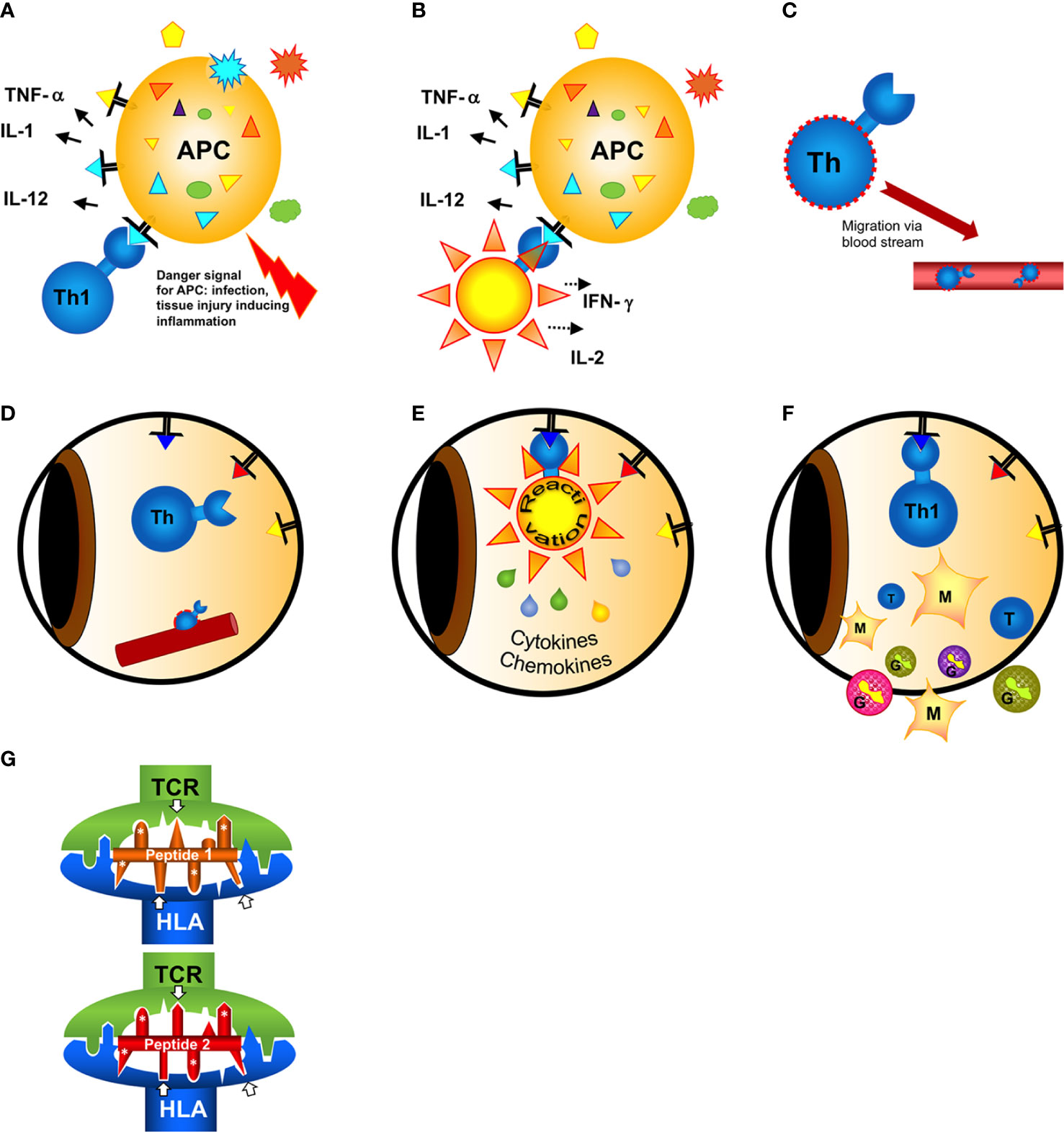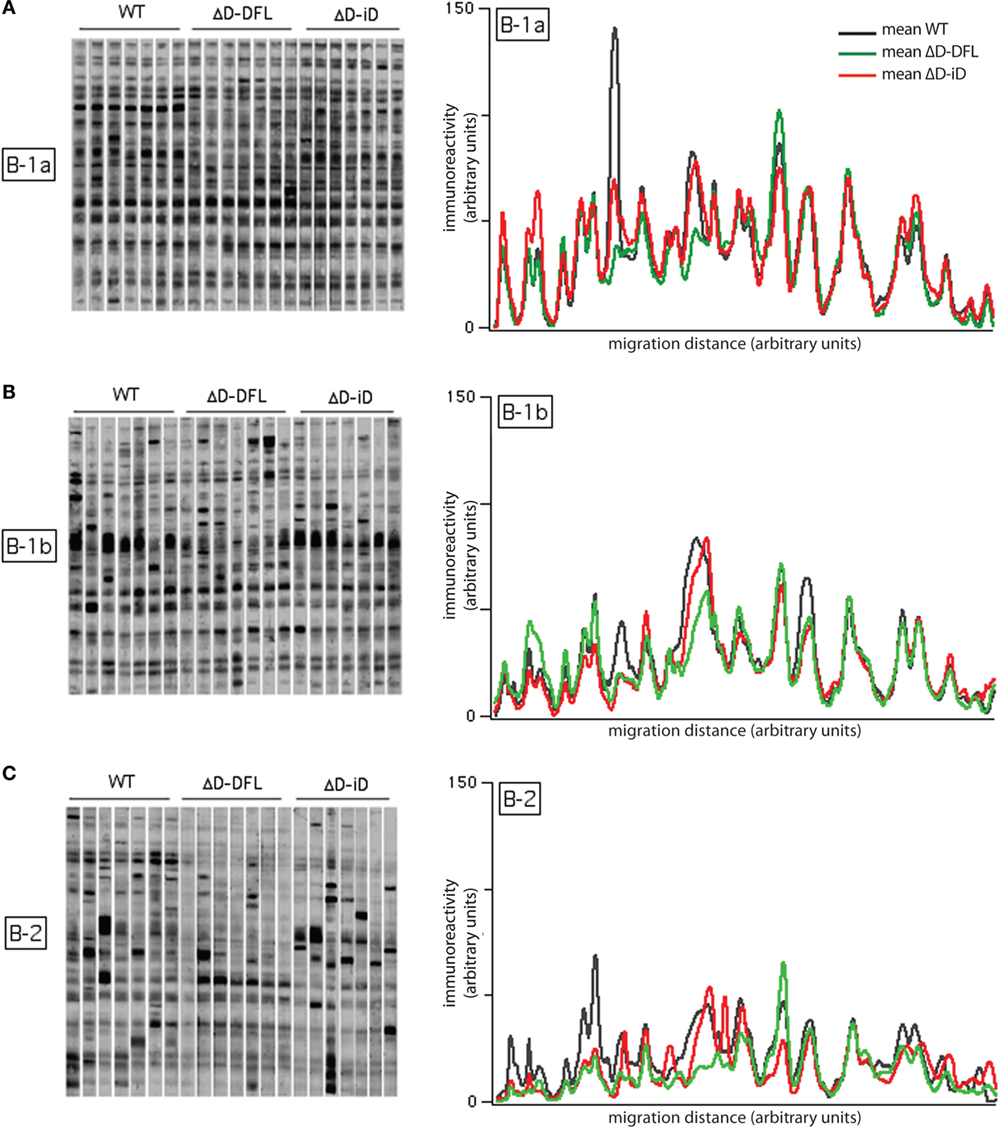

J Exp Med 188:431īrown EJ (1991) Complement receptors and phagocytosis. J Immunol 149:2841īradt BM, Kolb WP, Cooper NR (1998) Complement-dependent proinflammatory properties of the Alzheimer’s disease beta-peptide. Eur J Immunol 23:969īradbury LE, Kansas GS, Levy S, et al (1992) The CD19/CD21 signal transducing complex of human B lymphocytes includes the target of antiproliferative antibody-1 and Leu-13 molecules.

J Immunol 141:2569īonnefoy JY, Henchoz S, Hardie D, et al (1993) A subset of anti-CD21 antibodies promote the rescue of germinal center B cells from apoptosis. J Exp Med 188:2381īohnsack JF, Cooper NR (1988) CR2 ligands modulate human B cell activation. J Immunol 161:6537īoes M, Prodeus AP, Schmidt T, et al (1998) A critical role of natural immunoglobulin M in immediate defense against systemic bacterial infection. Immunity 15:775īoackle SA, Morris MA, Holers VM, et al (1998) Complement opsonization is required for presentation of immune complexes by resting peripheral blood B cells. Autoimmunity 37:111īoackle SA, Holers VM, Chen X, et al (2001) Cr2, a candidate gene in the murine Sle1c lupus susceptibility locus, encodes a dysfunctional protein. Eur J Immunol 23:1771īoackle SA, Culhane KK, Brown JM, et al (2004) CR1/CR2 deficiency alters IgG3 autoantibody production and IgA glomerular deposition in the MRL/lpr model of SLE. J Exp Med 192:271ījork P, Elenstrom-Magnusson C, Rosen A, et al (1993) CD23 and CD21 function as adhesion molecules in homotypic aggregation of human B lymphocytes. Proc Nat Acad Sci USA 100:2610īaumgarth N, Herman OC, Jager GC, et al (2000) B-1 and B-2 cell-derived immunoglobulin M antibodies are nonredundant components of the protective response to influenza virus. Eur J Immunol 23:2721īaechler EC, Batliwalla FM, Karypis G, et al (2003) Interferon-inducible gene expression signature in peripheral blood cells of patients with severe lupus. Nature 358:505īacon K, Gauchat JF, Aubry JP, et al (1993) CD21 expressed on basophilic cells is involved in histamine release triggered by CD23 and anti-CD21 antibodies.

J Immunol 152:5806Īubry JP, Pochon S, Graber P, et al (1992) CD21 is a ligand for CD23 and regulates IgE production. Epidemiology 11:220Īubry JP, Pochon S, Gauchat JF, et al (1994) CD23 interacts with a new functional extracytoplasmic domain involving N-linked oligosaccharides on CD21. Immunity 4:251Īscherio A, Munch M (2000) Epstein-Barr virus and multiple sclerosis. Adv Immunol 46:183Īhearn JM, Fischer MB, Croix DA, et al (1996) Disruption of the Cr2 locus results in a reduction in B-1a cells and in an impaired B cell response to T-dependent antigen. This review will examine the evidence that has accumulated over the last few years supporting these hypotheses.Īhearn JM, Fearon DT (1989) Structure and function of the complement receptors, CR1 (CD35) and CR2 (CD21). In addition, it is possible that certain of the phenotypes manifest by CR2-deficient mice may be strongly influenced not only by effects on later stages of B cell activation and maturation, as commonly thought, but also by alterations in the pre-existing pool of natural antibodies that are influenced by this receptor. This repertoire change is important physiologically in at least one setting because these CR2-dependent natural antibodies are necessary for the recognition of ischemic self tissues. Specifically, in the absence of this receptor natural IgM and IgG develop in the naïve animal that demonstrate clearly altered recognition patterns for specific natural antibody targets. With regard to the topic of this issue, it is now becoming increasingly clear that CR2 also plays a major role in the development of the natural antibody repertoire.
#TISSUE ANTIBODY REPERTOIRE SERIES#
Conversely, as these studies have proceeded, a parallel series of analyses have linked defects in expression or function of complement C4 and other classical pathway activation pathway proteins, as well as CR2 and the closely related CR1, to the loss of self tolerance to nuclear antigens such as double-stranded DNA and chromatin in systemic lupus erythematosus. More recent studies have extended those observations to include a key role for CR2 and C3d in the humoral immune response to T-independent foreign antigens. In addition, studies over the last 10 years have clearly demonstrated a key role for the complement C3d activation fragment receptor designated CR2 (complement receptor type 2) in the switched-isotype, high-affinity and memory humoral immune responses to T-dependent foreign antigens. Complement and complement receptors have been known for several decades to play important roles in immune effector mechanisms related to pathogen elimination and tissue inflammation.


 0 kommentar(er)
0 kommentar(er)
